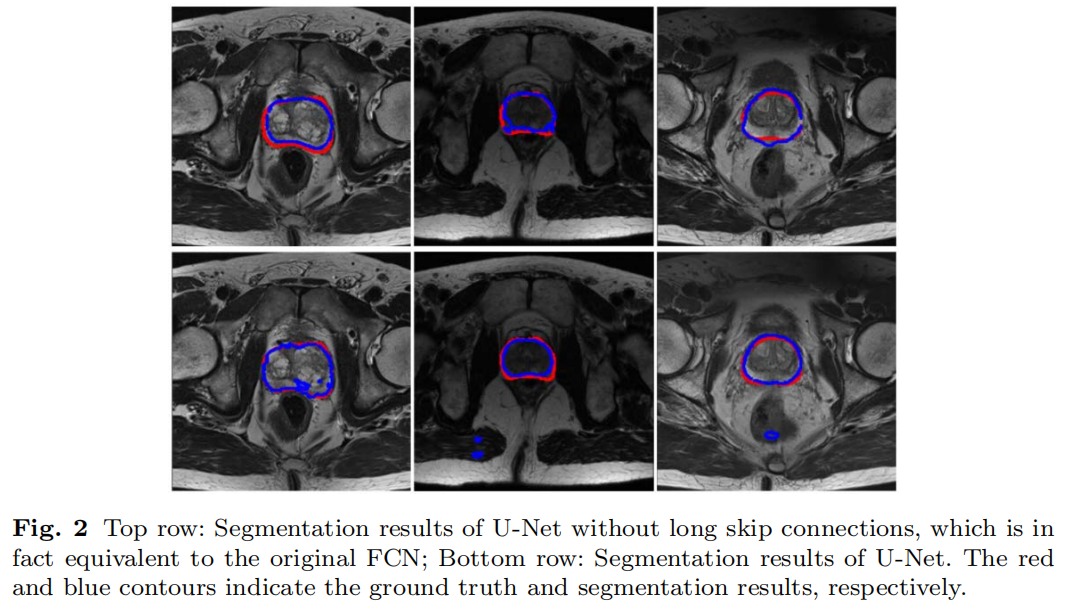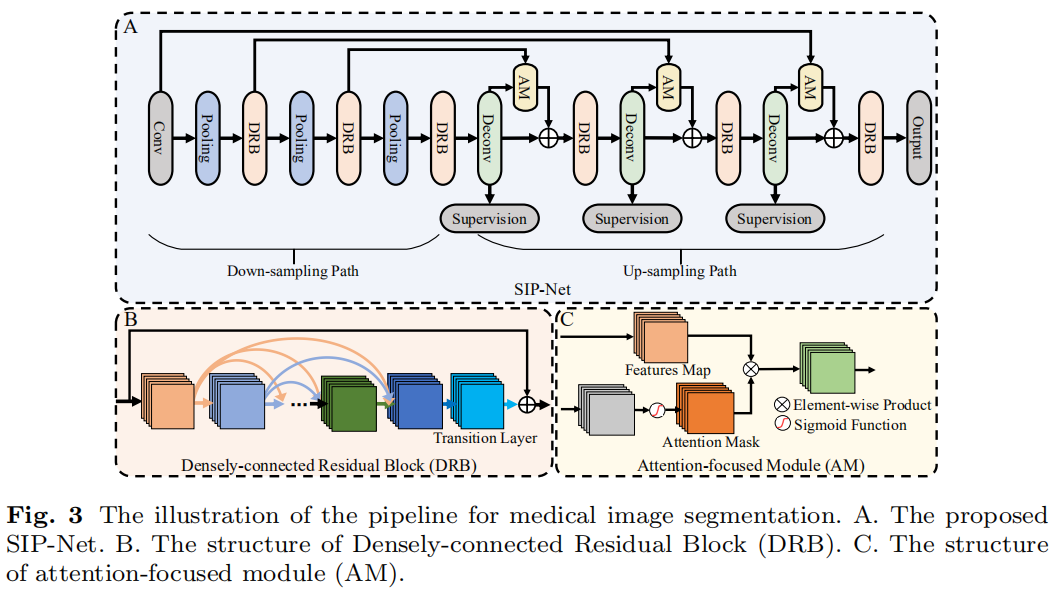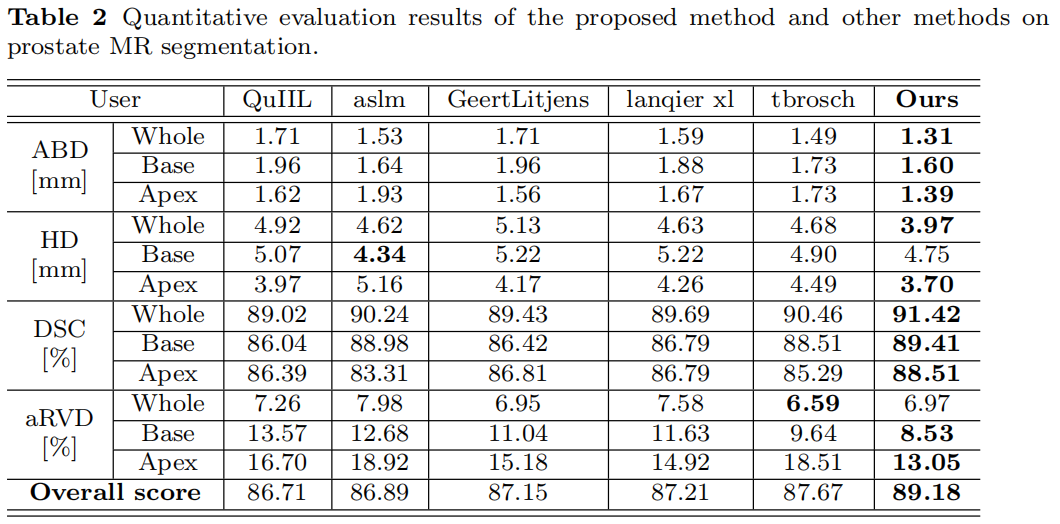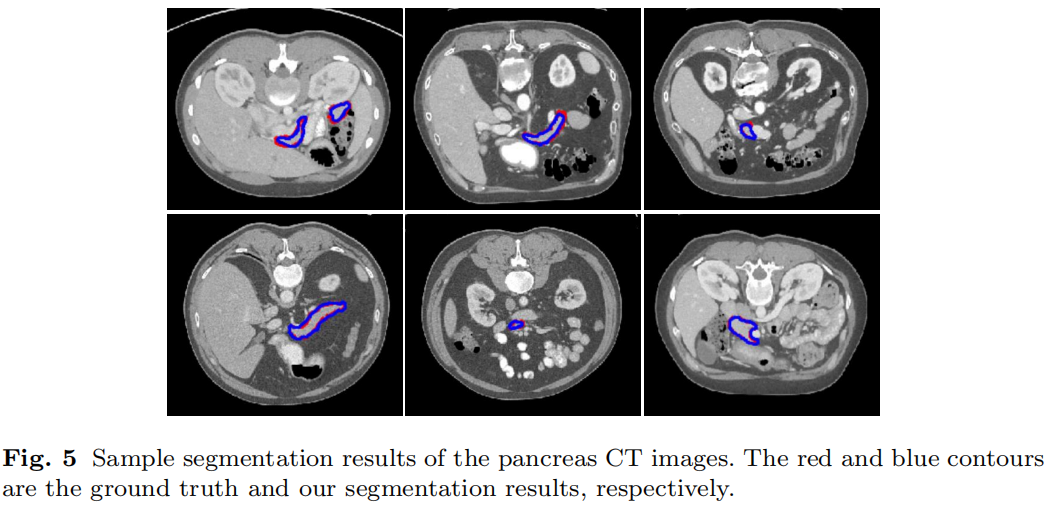Code: https://github.com/ahukui/SIPNet
Pdf: https://arxiv.org/abs/2010.04920
Abstract
自动化的医学图像分割在许多临床应用中都起着重要作用,但是由于背景纹理复杂,缺乏清晰的边界以及图像之间的形状和纹理变化显着,这是一项非常具有挑战性的任务。 许多研究人员提出了一种具有跳过连接的编码器-解码器体系结构,以将编码器路径中的低级特征图与解码器路径中的高级特征图进行组合,以自动分割医学图像。 跳跃连接已显示在恢复目标对象的细粒度细节方面有效,并且可以促进渐变反向传播。 但是,并非所有由这些连接传输的功能图都对网络性能产生积极的影响。 在本文中,为了自适应地选择有用的信息以通过那些跳过连接,我们提出了一种具有自我监督功能的新型3D网络,称为选择性信息传递网络(SIP-Net)。 我们在MICCAI前列腺MR图像分割2012 Grant挑战数据集,TCIA胰腺CT-82和MICCAI 2017肝肿瘤分割(LiTS)挑战数据集上评估了我们提出的模型。 这些数据集上的实验结果表明,我们的模型实现了改进的分割结果,并优于其他最新方法。 该工作的源代码可从以下https URL获得。
Compared with 2D networks, these 3D networks were able to achieve better segmentation performance. However, 3D CNNs have a much larger number of parameters and computational complexity than 2D networks. Due to the limited size of typical medical image dataset, it makes the network dififificult to train. Furthermore, the trained network easily suffers from overfifitting. Therefore, there is still much need in pushing the potential of CNNs by effectively extracting the information from limited training data to improve the segmentation performance and also reduce the complexity of the networks to avoid overfifitting.

Methods

Results



